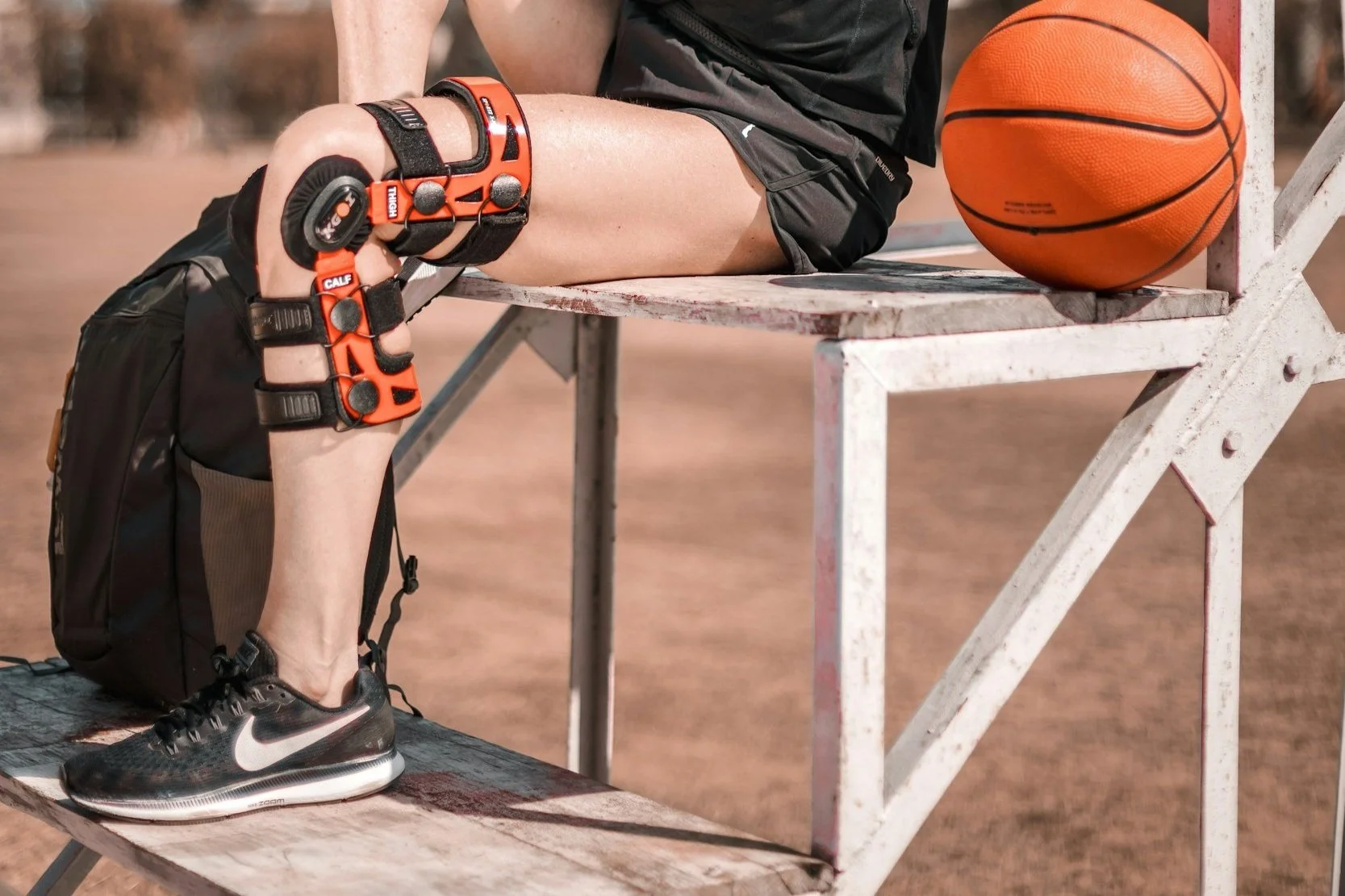Navigating ACL Recovery: Surgical and Non-Surgical Approaches
At Neev Physical Therapy and Wellness, located in Palo Alto, CA, and Redwood City, CA, we specialize in providing expert rehabilitation for ACL injuries, whether post-surgical or non-operatively. ACL injuries can be life-altering, affecting mobility, stability, and confidence in movement. Understanding the various treatment options, including the latest advancements in non-surgical management such as the Cross Bracing Protocol, can empower individuals to make informed decisions about their recovery.
Understanding ACL Injuries
The anterior cruciate ligament (ACL) is a key stabilizer in the knee, preventing excessive forward movement of the tibia and controlling rotational stability. ACL tears commonly occur during sports that involve sudden changes in direction, pivoting, or landing awkwardly from a jump. Symptoms typically include pain, swelling, instability, and sometimes an audible ‘pop’ at the time of injury.
Diagnosis and Treatment Options
Diagnosing an ACL tear involves a combination of clinical tests such as the Lachman test and imaging techniques like MRI scans. Once diagnosed, individuals must decide between surgical reconstruction and non-surgical management based on factors such as their activity level, goals, and degree of knee instability.
Post-Operative ACL Rehabilitation
For individuals who undergo ACL reconstruction surgery, rehabilitation is critical to regain strength, range of motion, and neuromuscular control.
Post-operative rehabilitation includes:
Strength Training
Building strength, particularly in the quadriceps and hamstrings, is crucial for knee stability and joint support, significantly lowering the risk of re-injury.
Proprioception and Balance Training
Enhancing proprioception—the body’s ability to sense movement and positioning—is key to restoring knee coordination and control.
Agility and Plyometric Drills
For athletes, agility drills and plyometric exercises are essential to rebuild explosive power and sport-specific movement patterns.
Advanced Balance Training
Challenging the knee in varied conditions improves overall stability, supporting both daily activities and athletic performance.
Functional Training
Customizing exercises to replicate sports-specific or daily movements ensures a smooth and safe transition back to pre-injury activity levels.
Returning to full activity is often determined by strength benchmarks, hop tests, and biomechanical assessments rather than just time post-surgery.
Non-Surgical ACL Management: Strength and Stability Without Surgery
For some individuals, especially those with partial ACL tears or lower activity demands, non-surgical management can be a viable option. A structured rehabilitation program can help compensate for the ACL’s function by strengthening surrounding muscles and improving neuromuscular control.
The Cross Bracing Protocol: A New Frontier in Non-Surgical ACL Healing
Recent advancements in ACL healing research have introduced the Cross Bracing Protocol (CBP) as an alternative to immediate surgery. This method promotes biological healing of the ACL by immobilizing the knee in a flexed position for a set period, allowing the torn ligament to reattach and remodel.
Week 0-4: The knee is braced in 90-degree flexion to encourage healing.
Week 4-12: Gradual increase in range of motion while maintaining brace support.
Week 12+: Progressive strengthening and functional rehabilitation.
Studies have shown up to a 90% healing rate on MRI scans after three months in individuals following this protocol. However, this protocol is not suitable for everyone, and proper screening by a medical professional is essential.
Read more:
New treatment could help avoid surgery by healing ACL rupture, study shows
Managing an ACL injury requires a thoughtful approach and well-informed decisions. As a physical therapist, I emphasize the importance of collaboration between patients, Physical Therapists, and the Surgical team to develop a treatment plan that aligns with individual needs and goals. Seeking professional guidance is essential for a successful recovery, whether you choose a surgical or non-surgical path. Early intervention, personalized rehabilitation, and expert support can make a significant difference in restoring function and safely returning to daily activities or sports.
Frequently Asked Questions
Can I return to sports without surgery after an ACL tear?
Many individuals can return to sports with structured rehabilitation, depending on the severity of the injury and activity demands.
How long does non-operative management take?
Recovery time varies, but most individuals see significant improvement within 3–6 months with consistent therapy.
Is non-operative management suitable for all ACL tears?
Non-operative care is often more effective for partial tears, and a thorough evaluation is often the best approach.
Can non-operative management prevent future knee injuries?
A well-designed rehabilitation program enhances knee stability, reducing the likelihood of future injuries.
Why Choose Neev Physical Therapy and Wellness for ACL Rehab?
At Neev Physical Therapy and Wellness, we tailor rehabilitation programs to each individual's needs, whether they are recovering post-surgery, exploring non-operative care, or trialing emerging protocols like Cross Bracing. Our evidence-based approach ensures optimal recovery, helping patients regain confidence in movement while preventing future injuries.
If you or someone you know is dealing with an ACL injury, schedule a consultation with us at our Palo Alto or Redwood City locations to explore the best path to recovery. Whether through surgery or non-surgical interventions, we are committed to helping you move pain-free and return to the activities you love.


